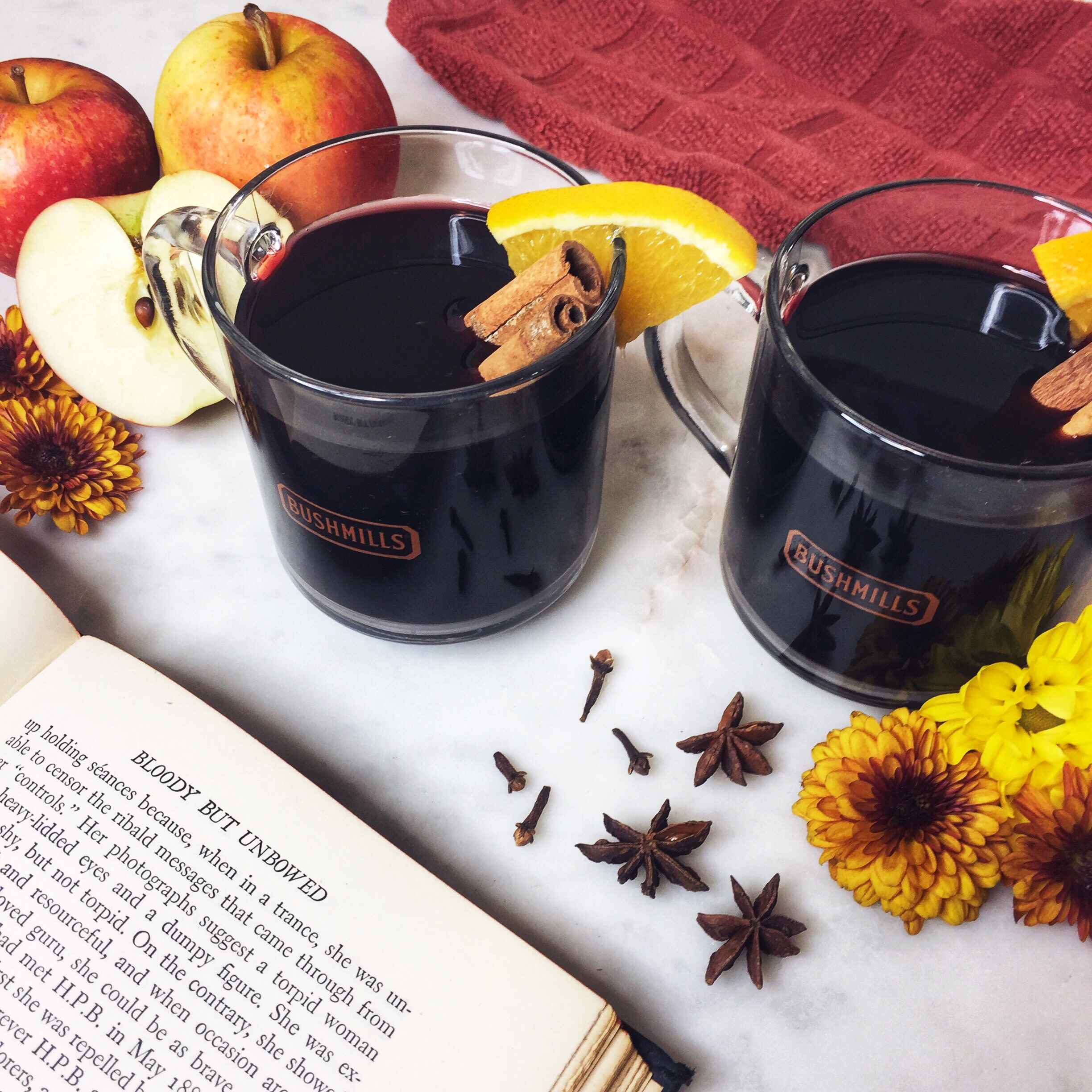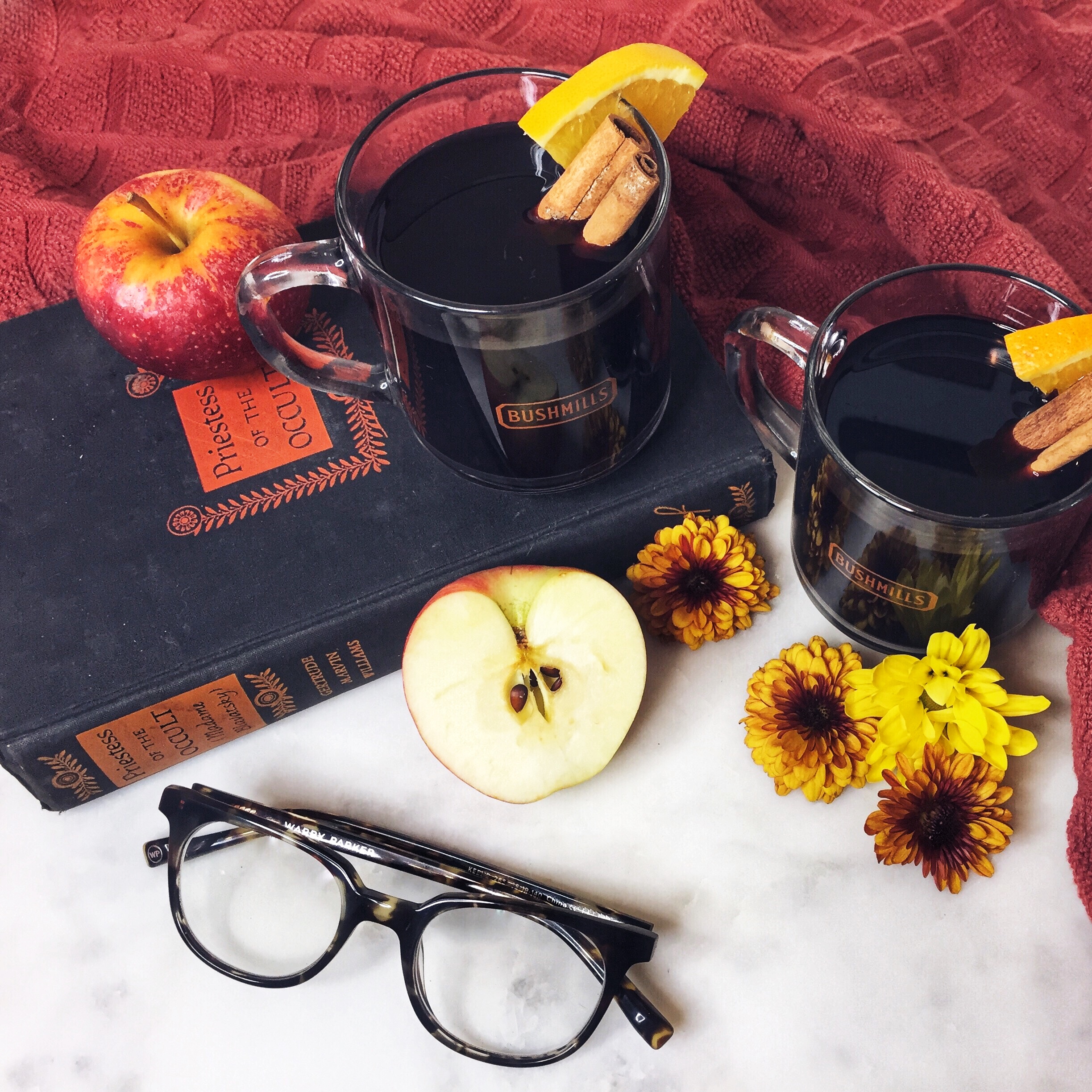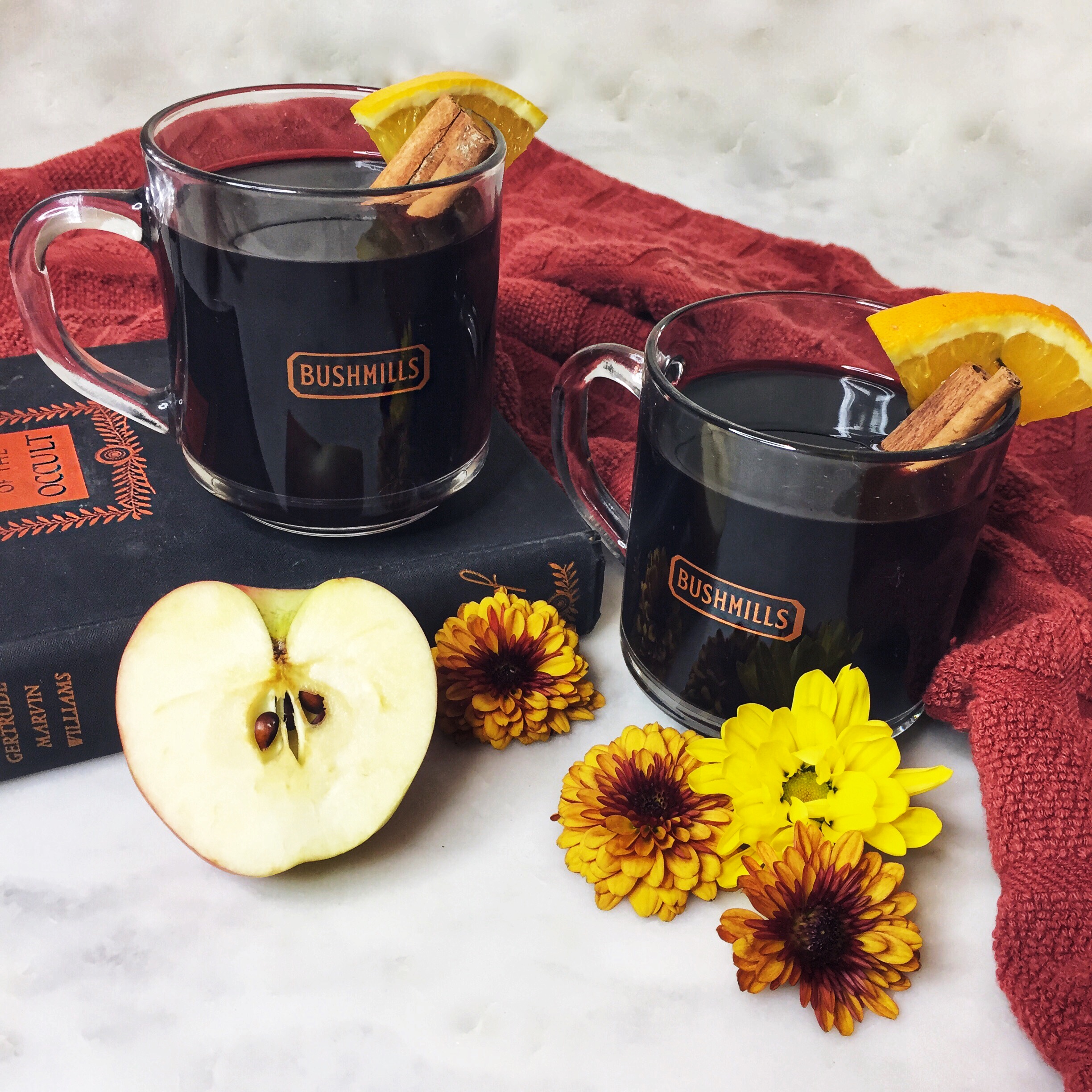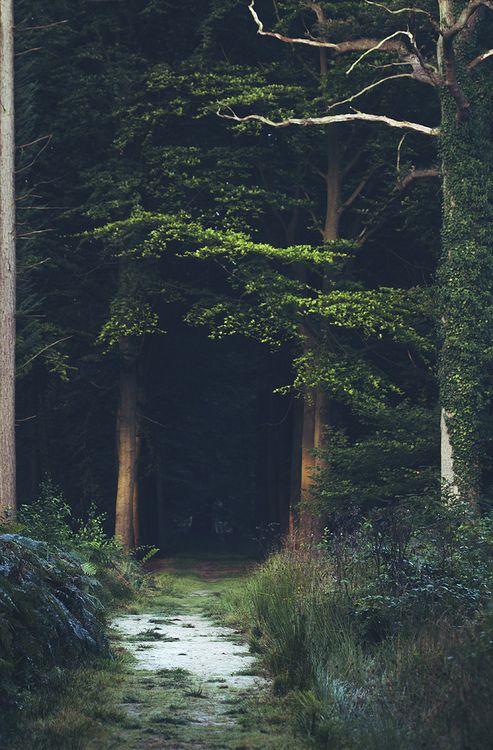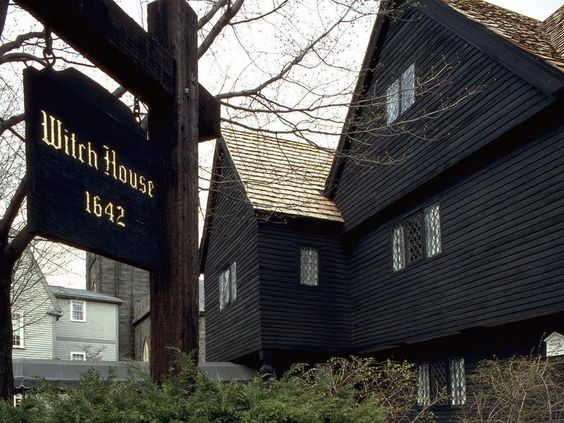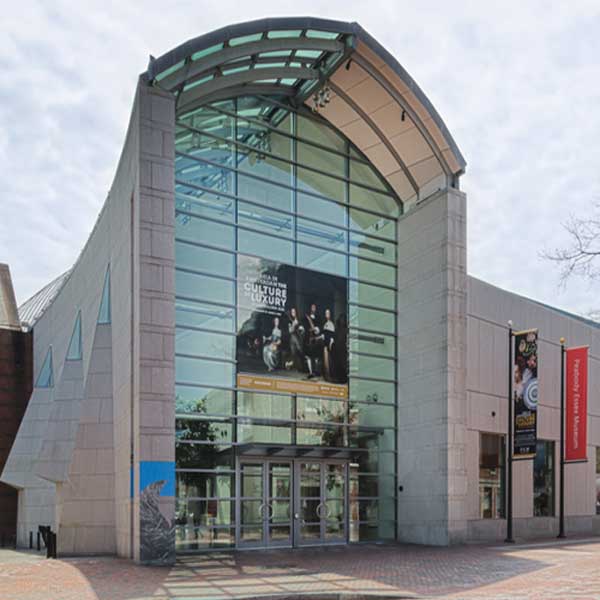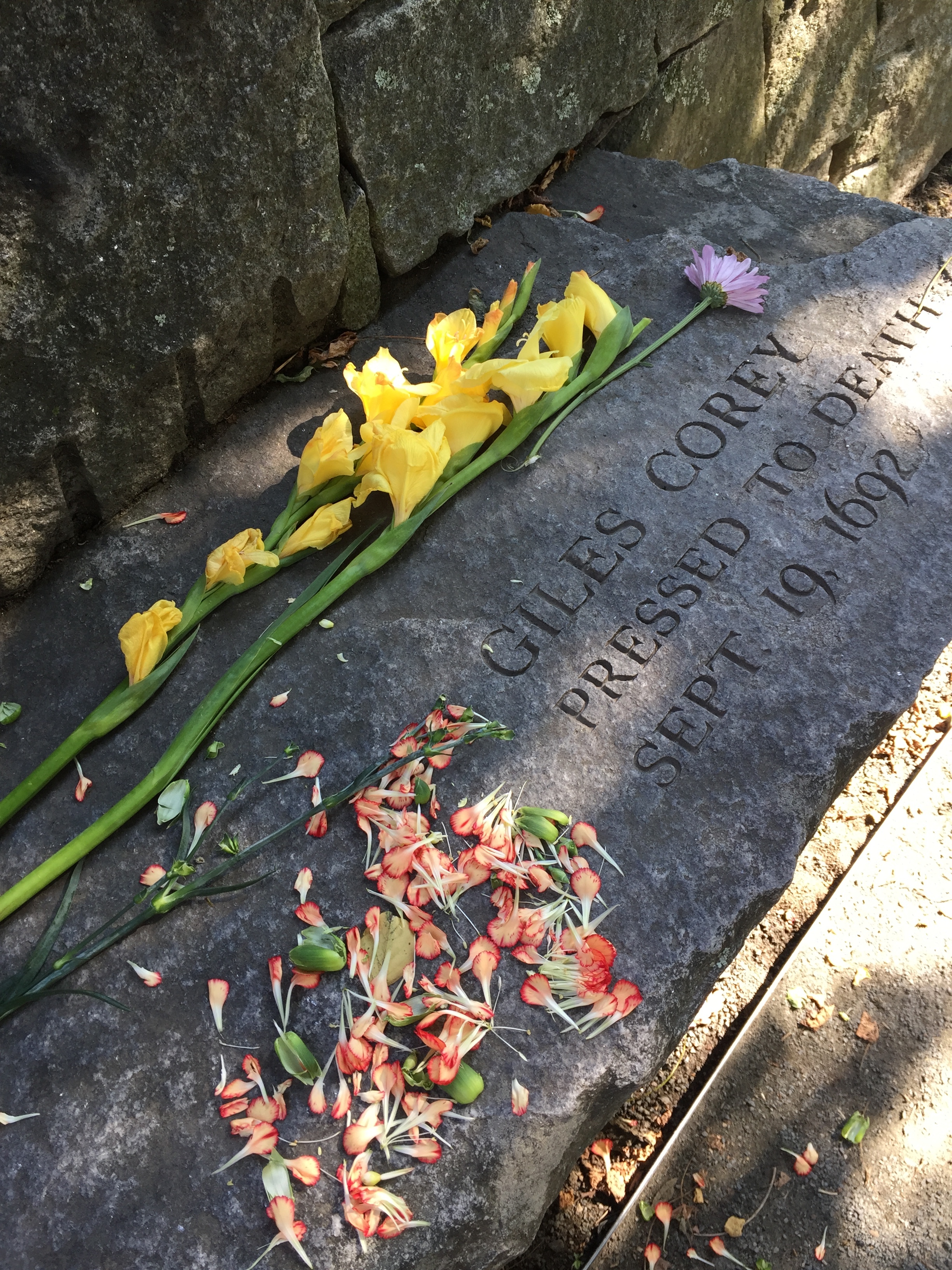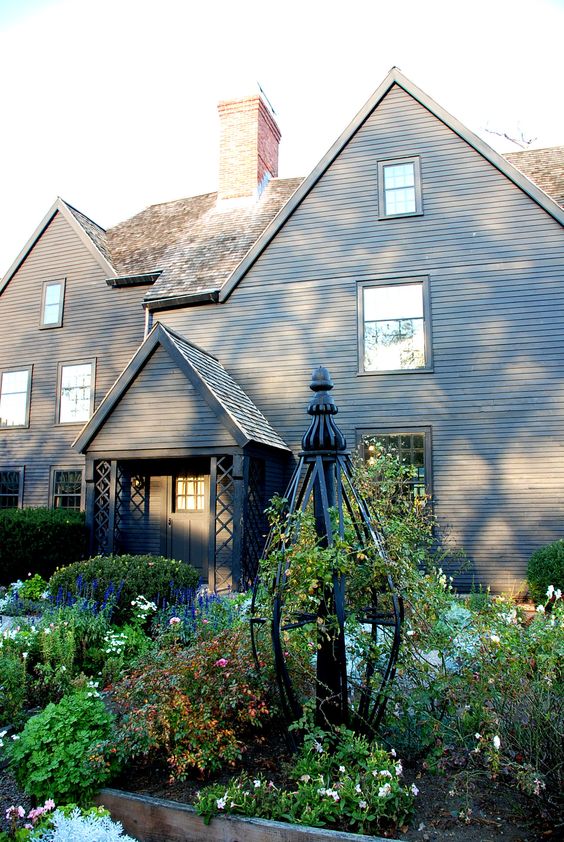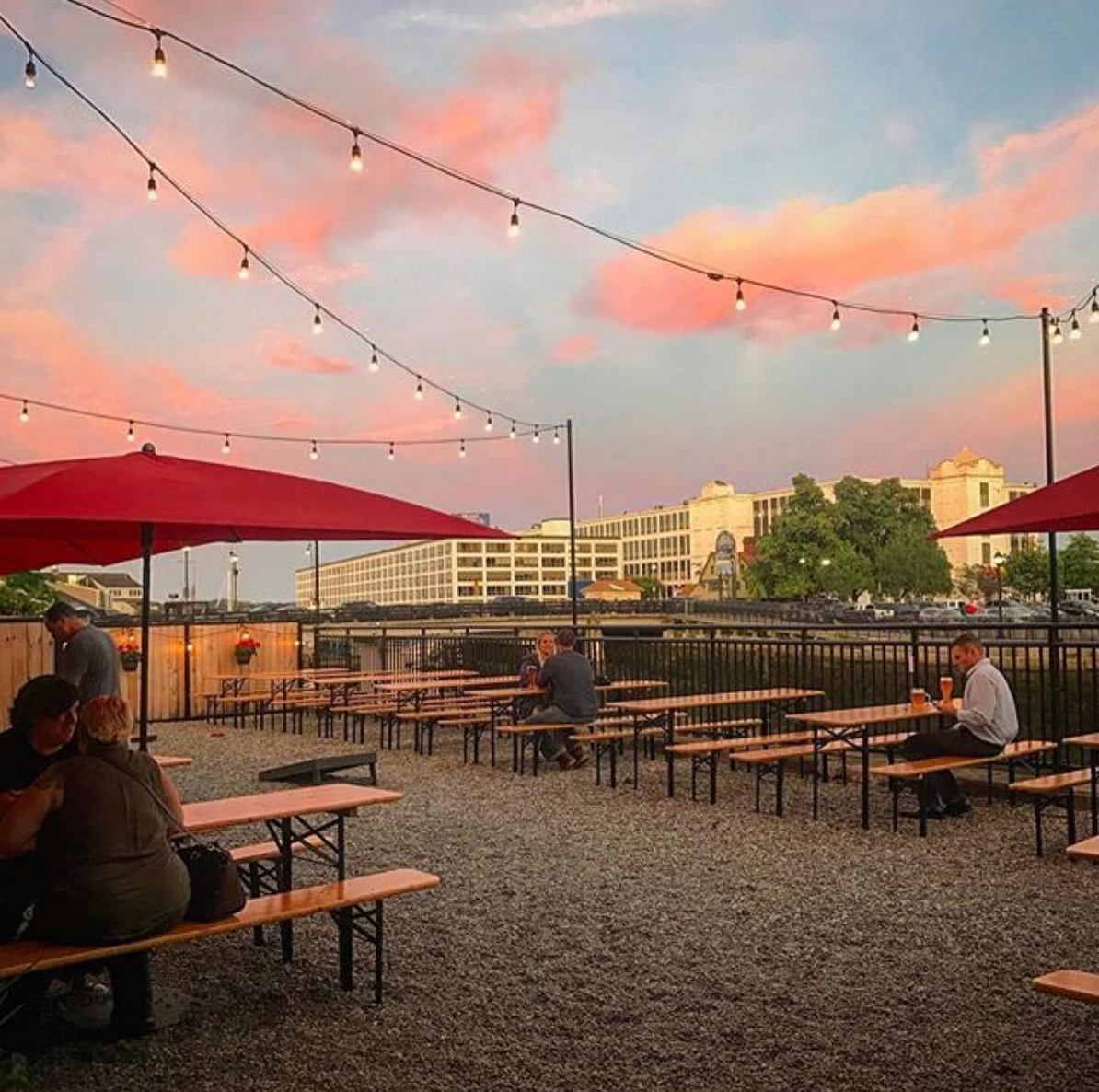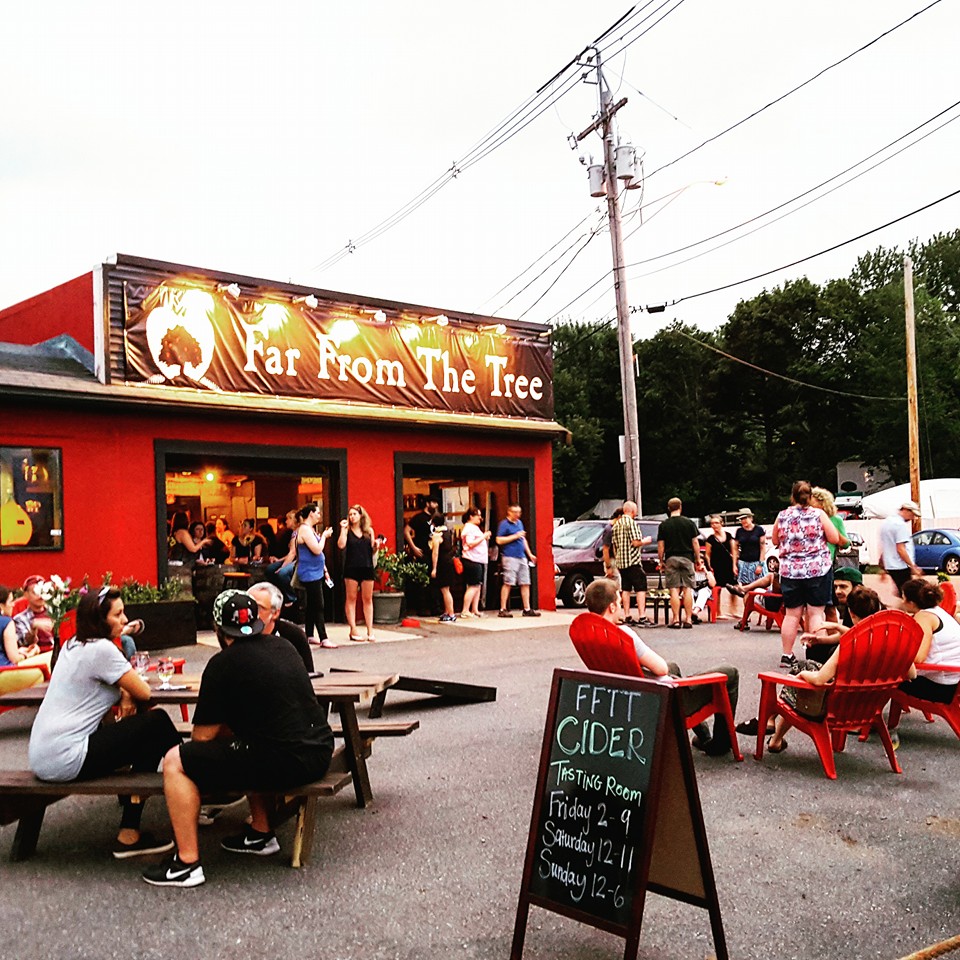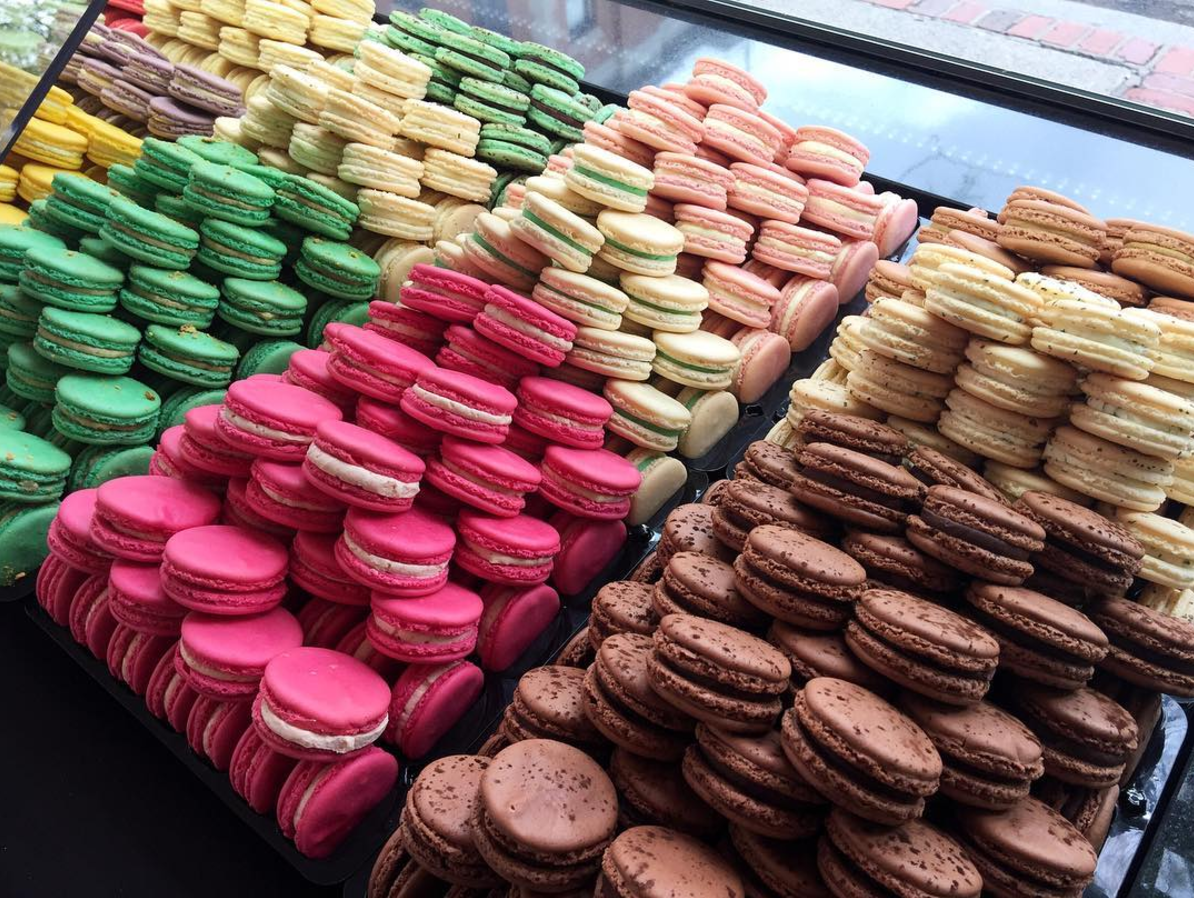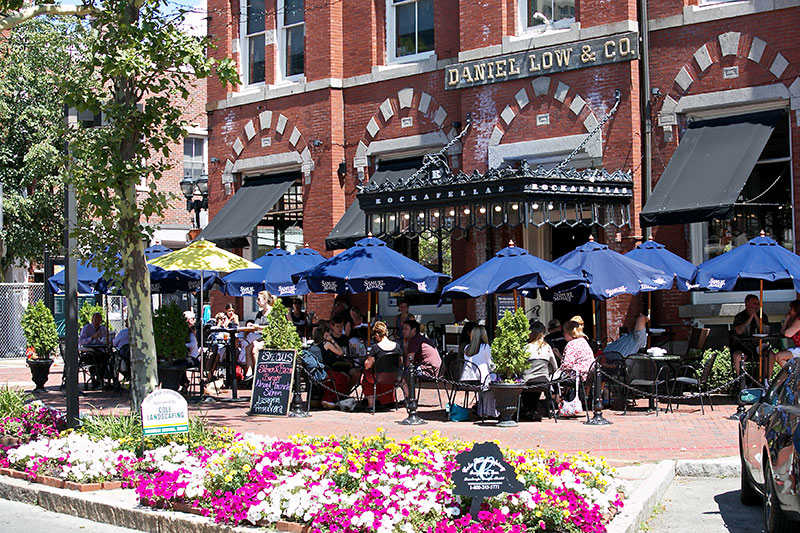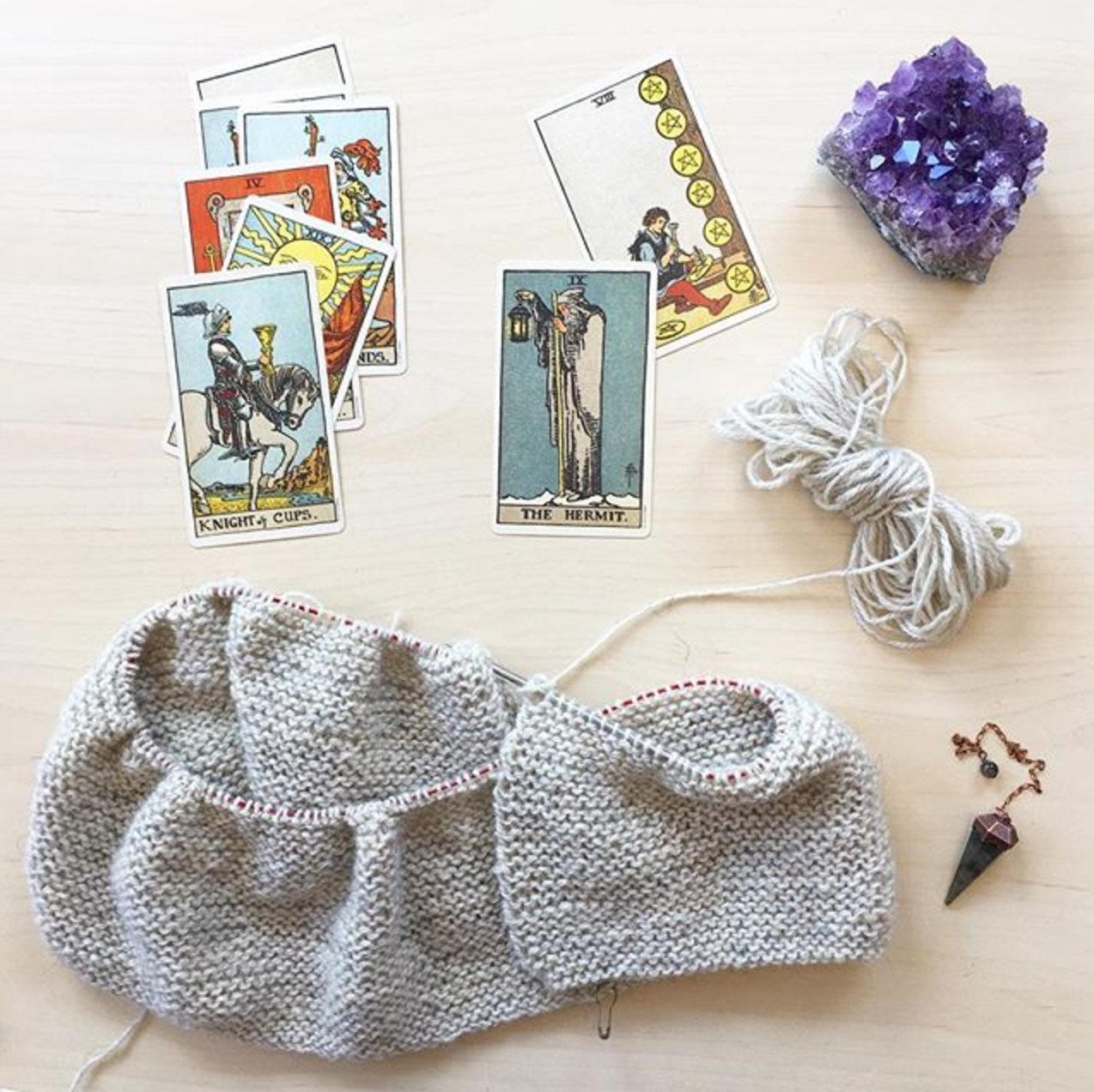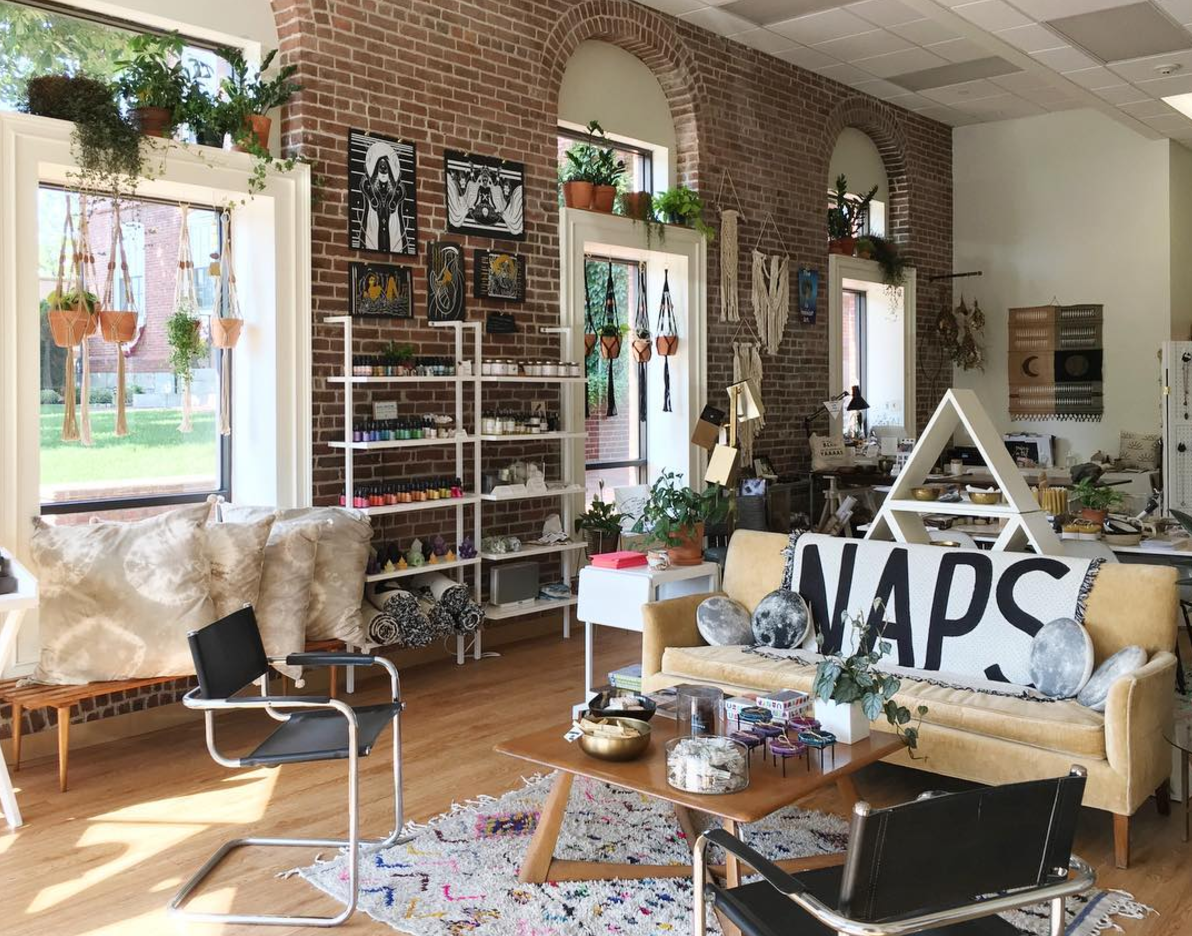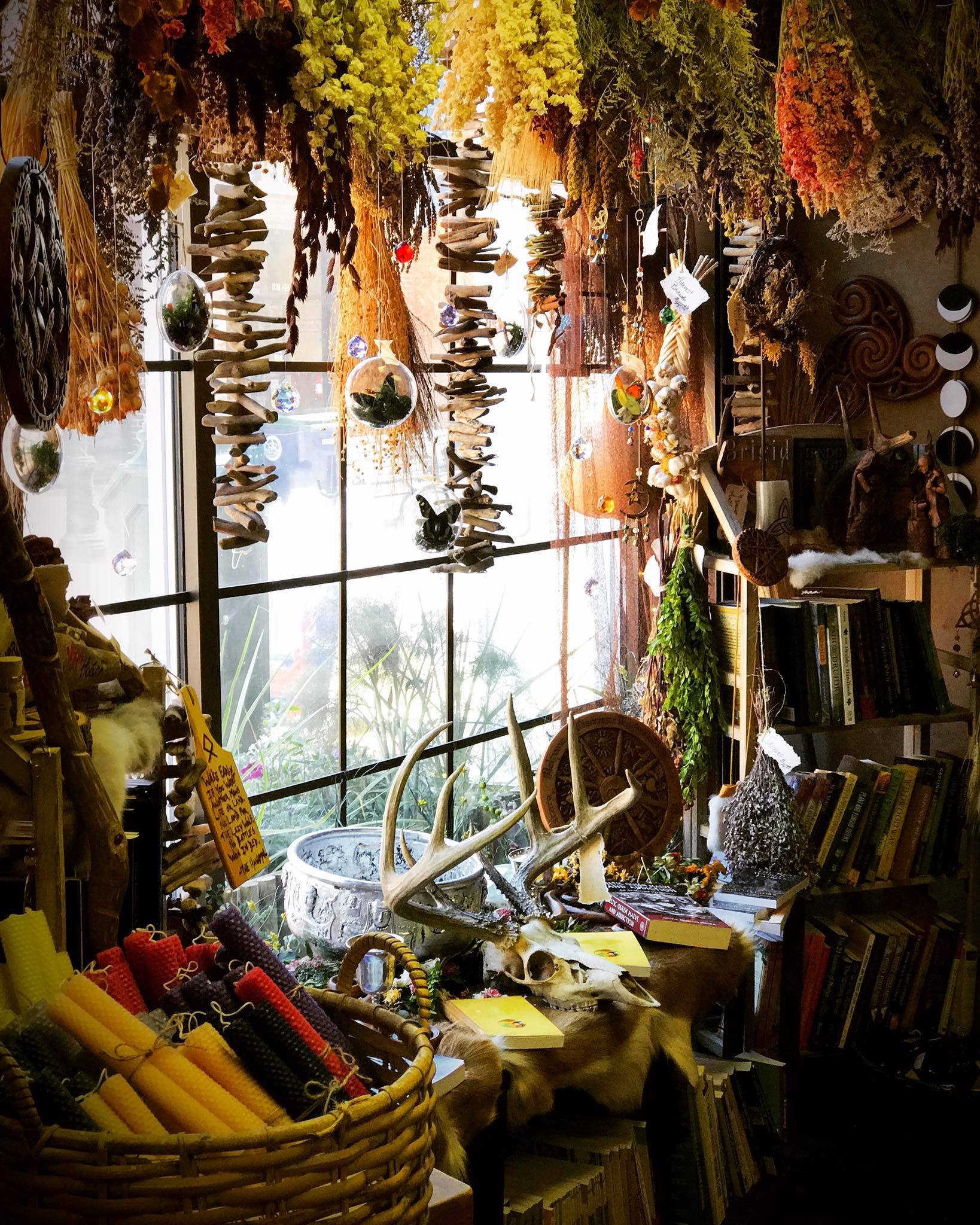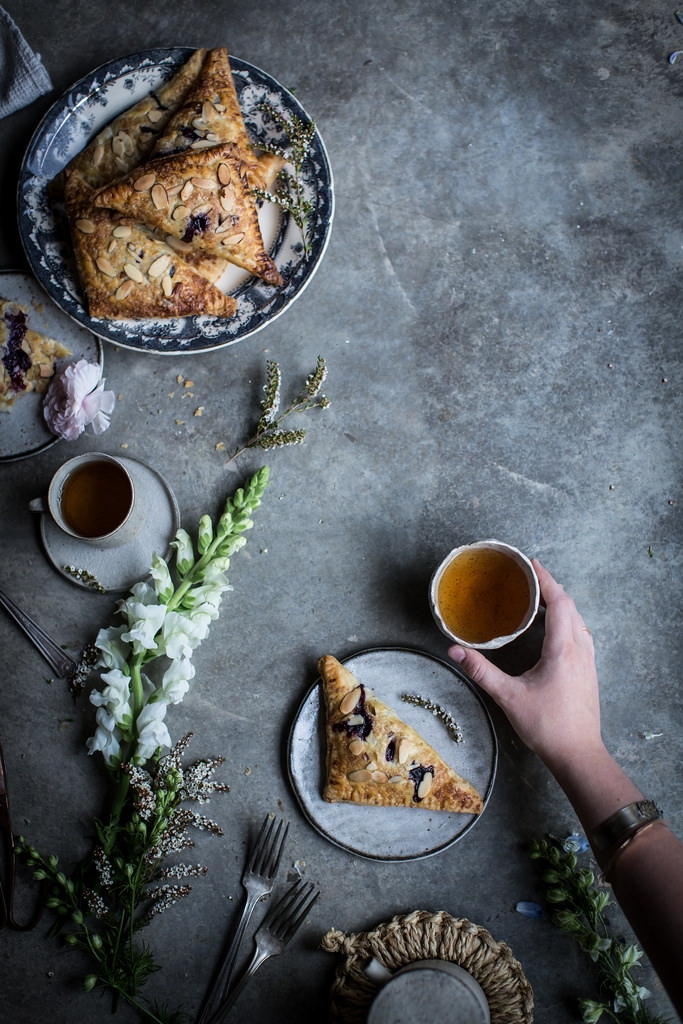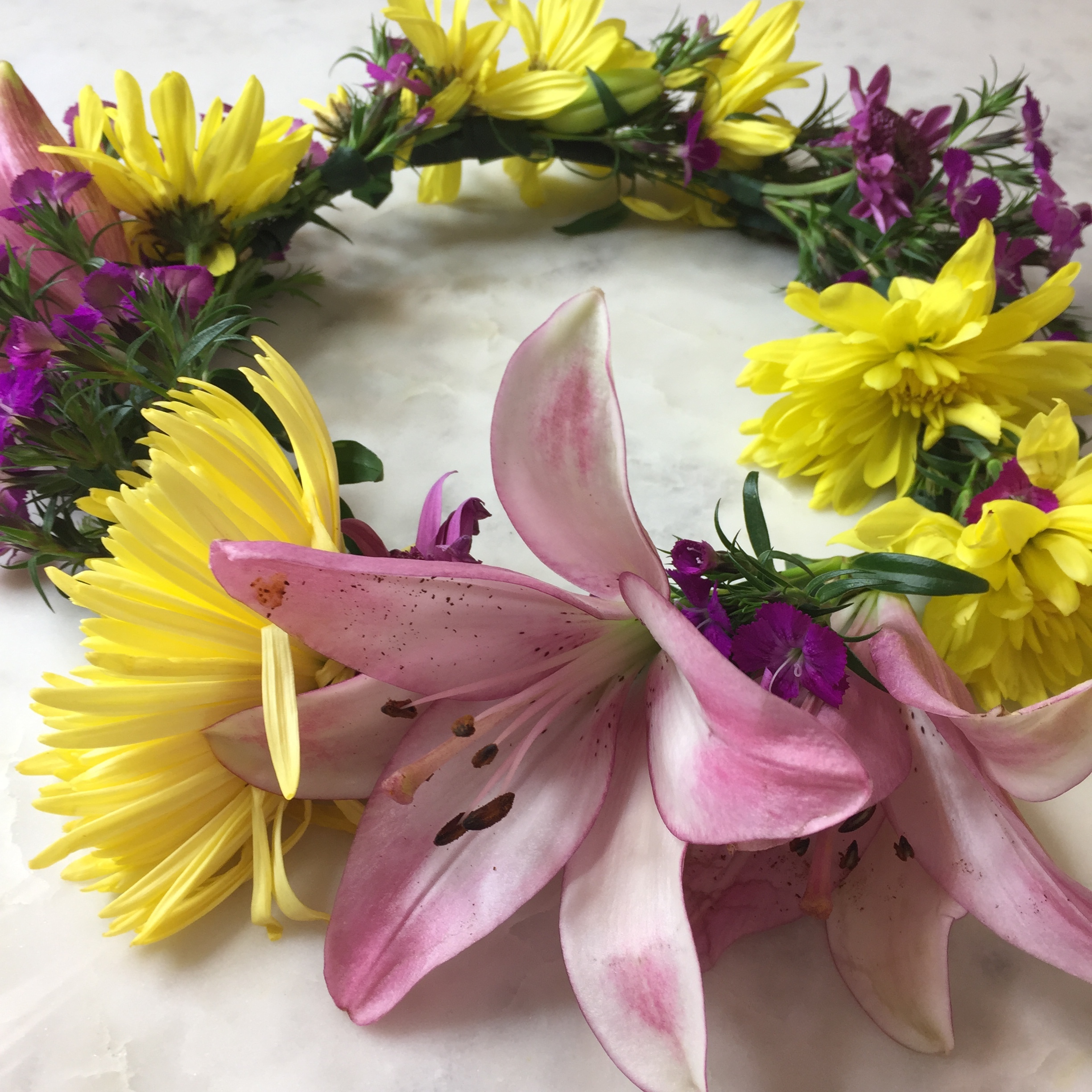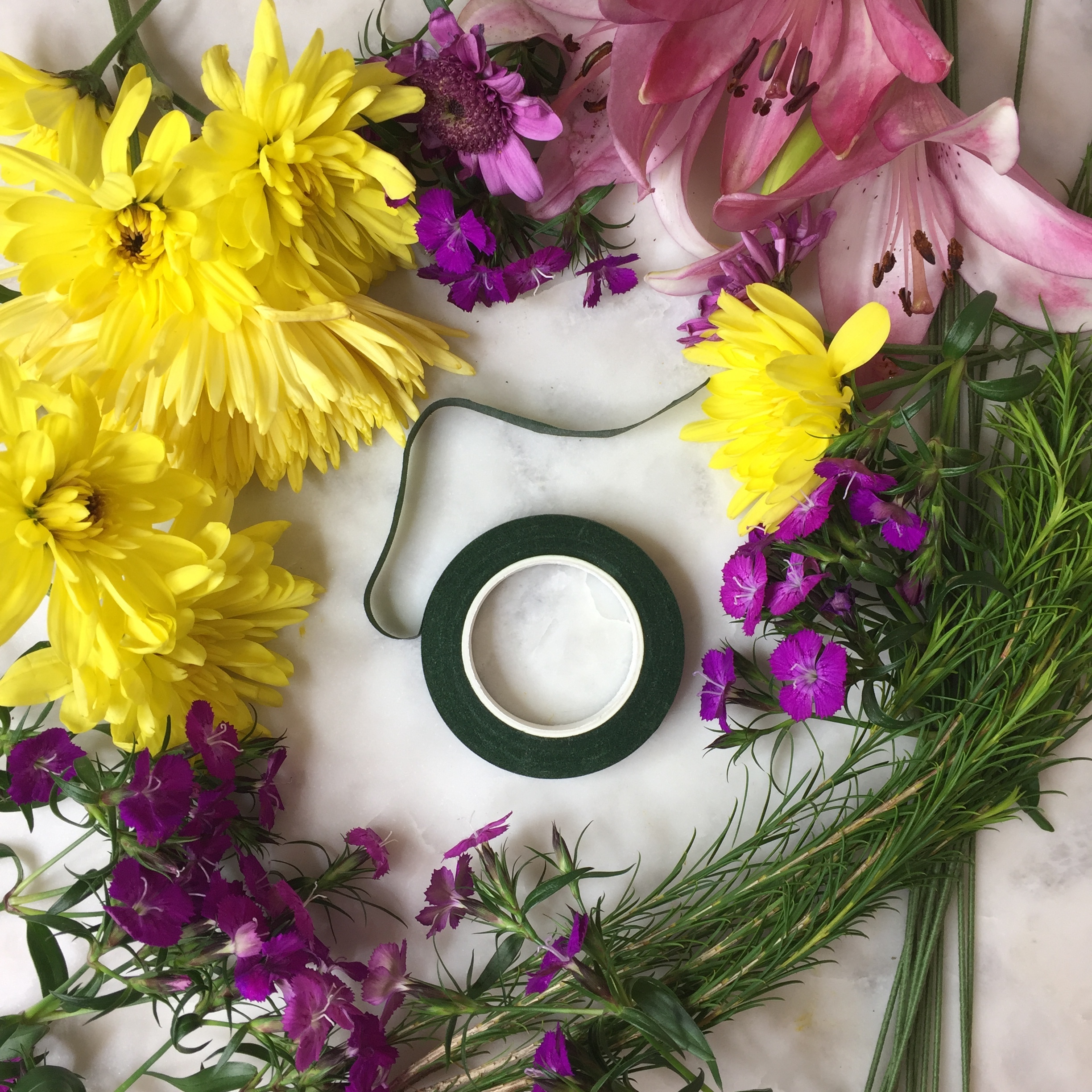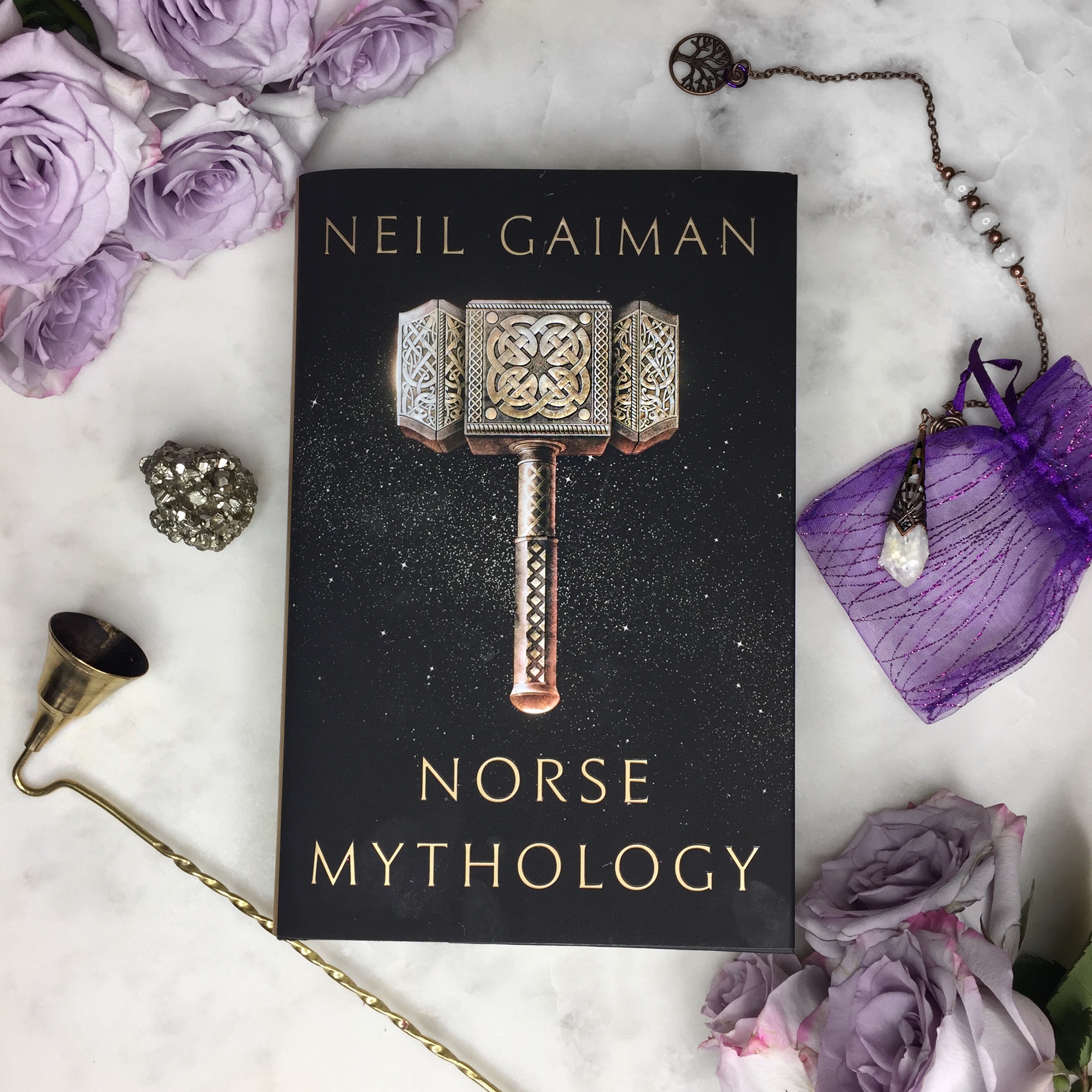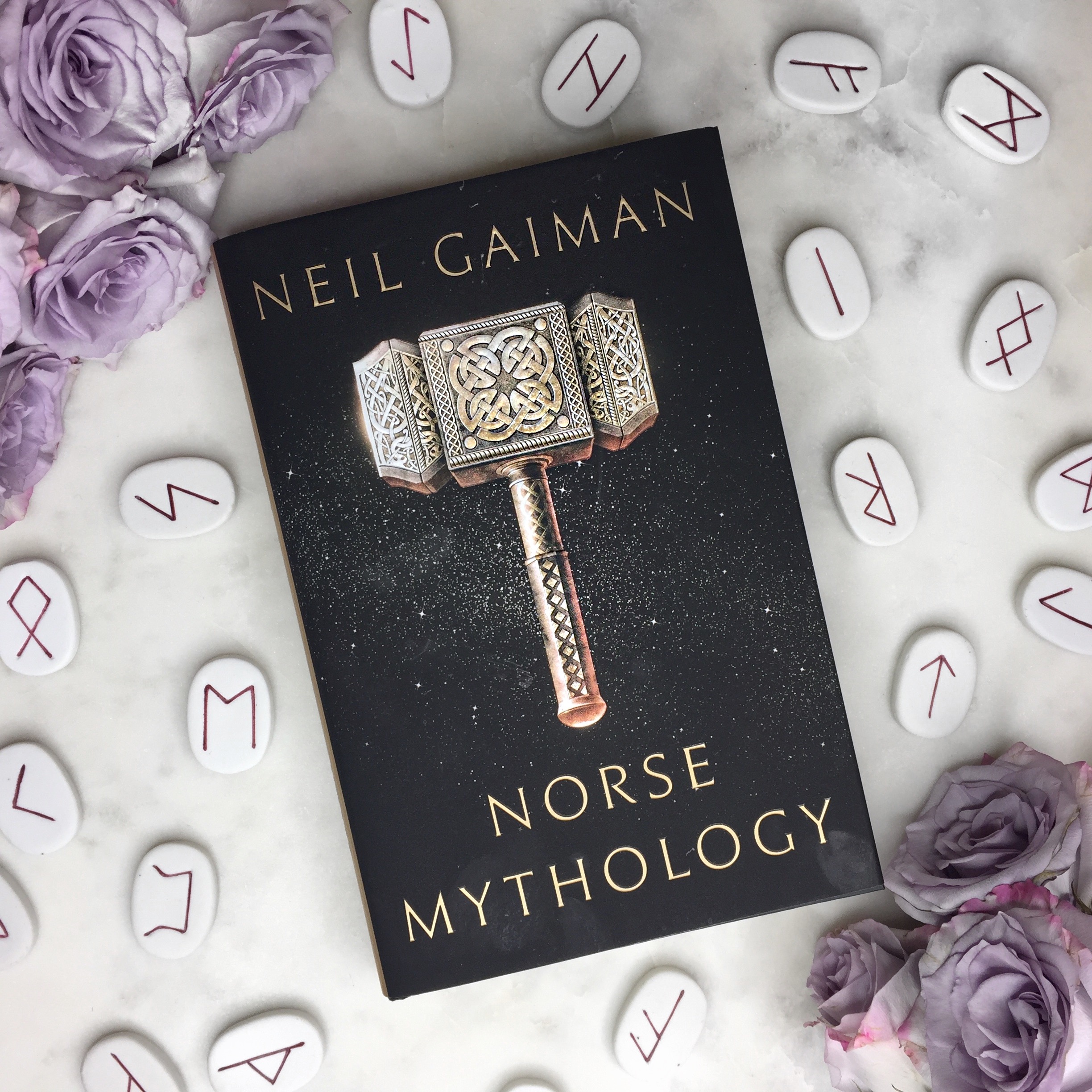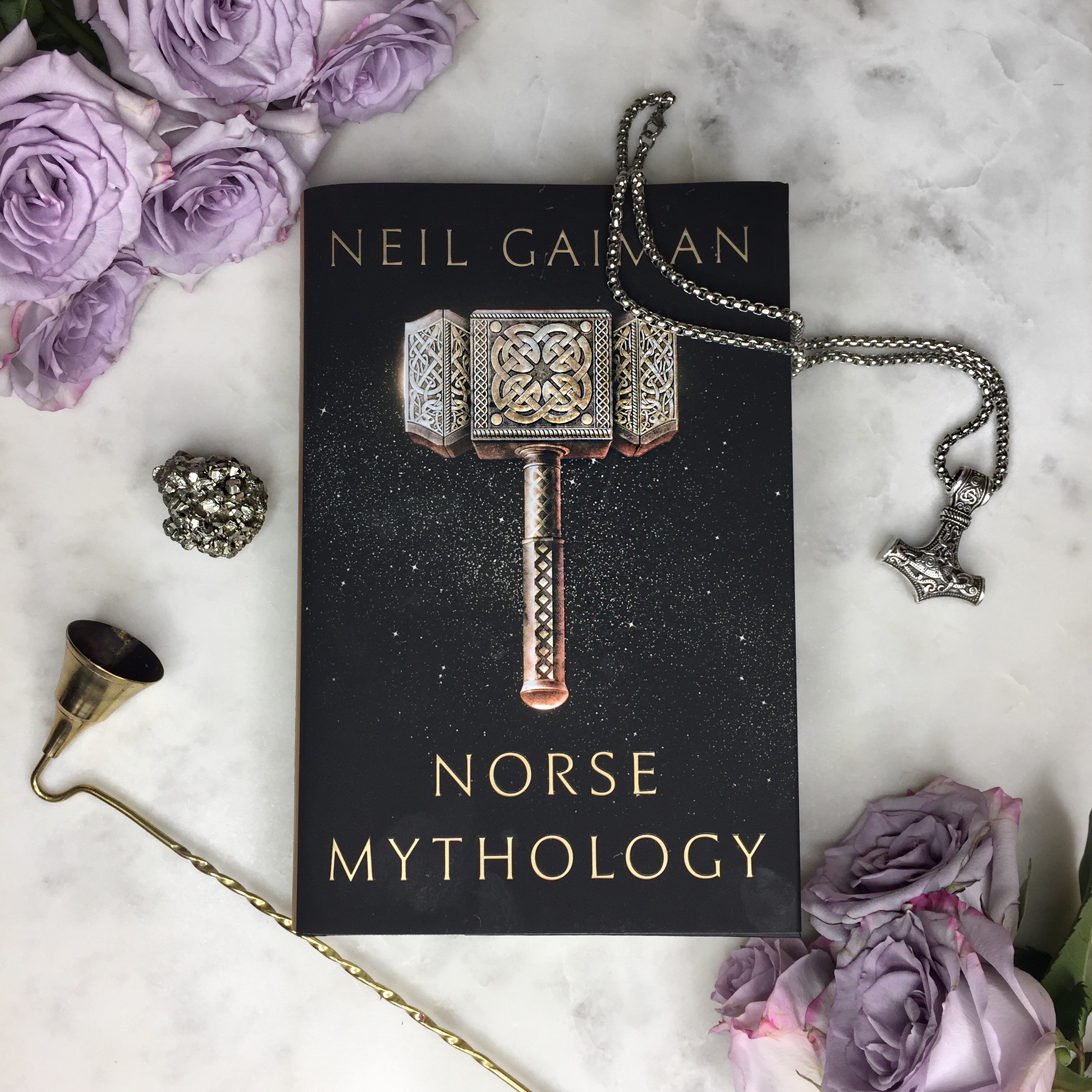The first thing you notice when you drive into Savannah is the trees. The branches reach far over the roads creating a thick canopy of green that shades the road from the blazing Georgia sun. Spanish moss trickles down in a delicate lace that adds a sense of sophisticated decay to the atmosphere. As the wheels bump along the cobblestones below you begin to slow down and get the sense that rushing for anything down here is strongly discouraged. Indeed, this is a city that runs on it’s own sense of time. It is a clock built around mimosas at noon, leisurely walks among the verdant squares, and evening carriage rides. I could not envision a place more diametrically opposed to our rat-race style of living than Savannah.
I had been wanting to visit Savannah for a while and I was pleased to see that the city looked just like I thought it would be. This "city in a garden" truly looks like a place that time forgot. The homes that line the grids of public squares are heavy with history. To be in Savannah is to be surrounded by visions of the antebellum south.
I began my trip with a visit to the Davenport house, a beautiful home from the early 1800s. As I toured the home I was struck by the french patterned wallpaper that draped the rooms in a vision of luxury. Of course, I knew that this wealth came with a dark reality we must acknowledge - that all this financial success in the antebellum south came from the work of enslaved people. This dark history permeates every aspect of the historic south and must be understood and recognized.
The Davenport house was well known to have it’s fair share of ghosts and as I toured the home I could almost hear uncanny piano chords floating in the air. The sound seemed to linger in my ears for several stanzas then delicately seeped beneath the wood and disappeared.
Moving into the study a large black and white art print hung dramatically on the wall. It depicted a scene we all know well--the signing of the Declaration of Independence. The tour guide told me that in the antebellum south almost everyone had a copy of this image displayed prominently in their home. He said back then people understood the fragility of their new country so they felt the need to declare allegiance to this great experiment in state- building we call America. For some reason that idea stuck with me. America seems so powerful and impenetrable now. But yes, at one time, we were small and delicate. A nation built upon radical ideas of democracy and religious freedom. At that time the future of America must have seemed like a blank chalkboard: full of possibilities, but also with the risk that everything could quickly be erased.
The other event that market my stay in Savannah was a nighttime ghost tour. The coming of night cast a blanket of silence around the city. Savannah is mostly free of the type of rambunctious tourist noise you would find in New Orleans. When you walk the streets at night you feel the quiet in your bones and in the hairs standing upright on your neck. You feel alone among the brick facades as you walk the cobblestone streets. Any rustle of noise causes your head to snap towards the source of sound as you stretch your eyes to find the culprit.
I passed through the Colonial Park Cemetery on my way to the tour. The tall grasses seemed to quiver between the gravestones and shadows hung heavy beneath the spanish moss. “I’m sure I'll be fine”, I said to myself as I walked along a pathway lit only by the yellow moon glowing above. ‘Were ghostly phantoms passing behind me?’ I wondered. Did they float swamp-like among the trees? I resisted turning my head around, fearing that I might see something from beyond the veil.
As I finally made it to Reynolds Square, I breathed a sigh of relief that I would soon be among other travelers for the tour. Shortly after the tour began we came across a particular house that was lit from the flickering flame of a single gas-lit lantern. It was a very unassuming home set back from the sidewalk and behind a garden of tall grass. With first glance at this home I felt something different.
Do you believe that magic can be in the air? That it can follow along the air currents till it finds a receptive host. What I will say is that the air near this small home had a particular taste. It filled my nose with an unusual electric and heavy scent.
The tour guide told us this small home was called ‘Laura’s House’ named after a slave who once lived here when she took care of the mansion next door. According to the story, her master once promised her freedom and that he would give her the deed for the small carriage house he let her stay in. However, he reneged on his vow and she remained a slave till her death. It seems she has claimed the carriage house in death and passers by often claim to see her sitting on the rocking chair of her small porch.
If there was a shade of paint that could be considered notorious, it would be the color known as ‘haint’ blue. It is thought that this color prevents ghosts and evil spirits from entering the premises so people today still cover sections of their home in this color. The homes next to The Laura House covered their doors, window frames, and porches this color to prevent her from coming in. Even the Laura House has this blue shade around the porch, but not the door. The door was left empty of color so that the ghost of Laura might someday find a way out.
The Laura House is now an airbnb so you can even spend the night there if you wish. Though I wouldn't recommend it if you’re male. It is said that men who stay there are often awoken with a sensation of hands clasped tightly around their throat, constricting their ability to breathe. It seems that Laura doesn’t like men too much, and given her life story I don’t blame her.
You must be wondering if I actually saw a ghost during my trip to Savannah? I must be honest and say no. I did, however, feel their presence. I felt it rattle my bones as I walked along the cemetery. I felt the electricity in the air as I stared into the Laura House. A question I often ask myself is if these feelings are truly real. Or, does just being in a place filled with old homes and ghost stories cause us to have these sensations. I guess I’ll never really know for sure. But if ghosts are real and they are out there, I’m confident that many of them call Savannah their home.
Have you ever been to Savannah? Did you get the sense that the city was haunted? Share below in the comments.





